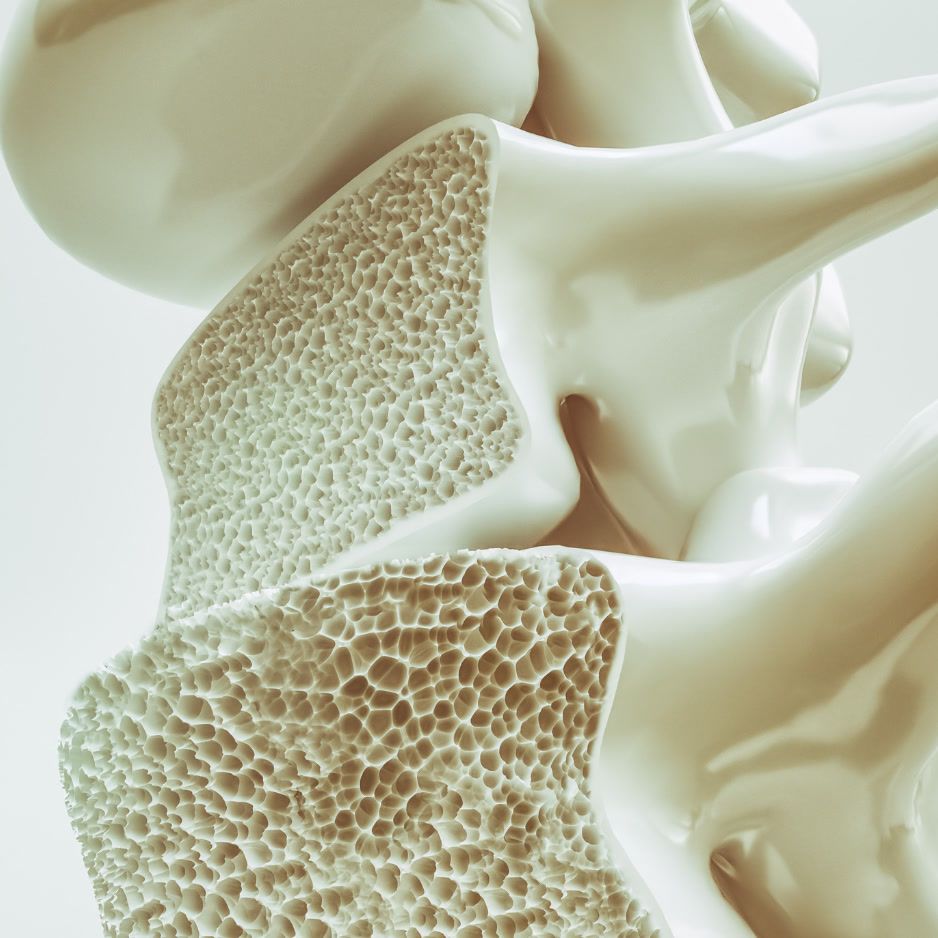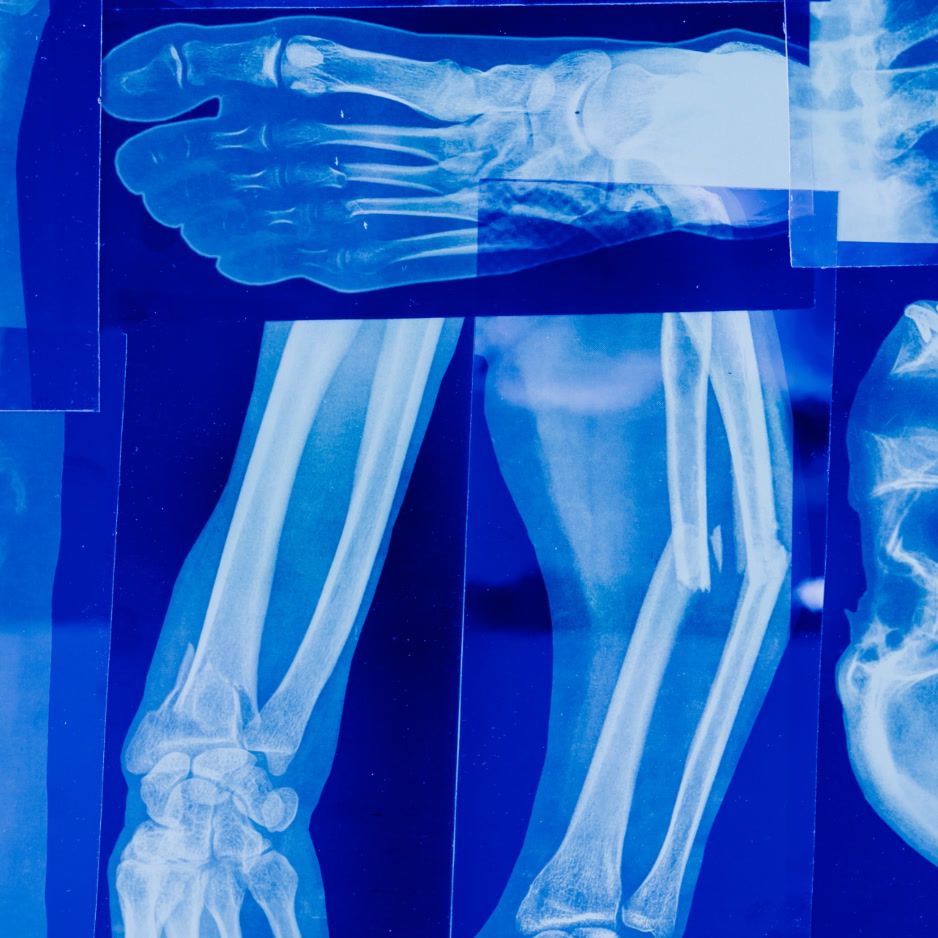Visceral Fat Ranges for Women and the 10% Rule Explained

Visceral Fat Ranges for Women: The 10% Rule and What Your Numbers Mean
What Is the Healthy Visceral Fat Range for Women?
The ideal visceral fat level for women follows the 10% rule: visceral fat should make up no more than 10% of your total body fat. For practical assessment at home, women can use two key risk indicators:
- A waist circumference target of less than 35 inches (89 cm)
- Waist-to-hip ratio below 0.85
Unlike subcutaneous fat (the soft fat you can pinch), visceral fat surrounds organs deep within the abdominal cavity, releasing inflammatory compounds that can disrupt metabolism and hormone function. Women exceeding the measurement thresholds above face increased risks of diabetes, heart disease, and hormonal disruption. This makes understanding and managing visceral fat crucial for protecting long-term health.
This guide decodes the numbers from smart scales and DEXA scans. This guide breaks down healthy visceral fat ranges for women, explains the 10% rule, and provides actionable steps for every life stage.
The 10% Rule: Your Visceral Fat Target
Here's the most important number to remember: visceral fat should comprise about 10% of your total body fat (Cleveland Clinic). This foundational guideline applies to women of all ages and provides the clearest benchmark for assessing risk.
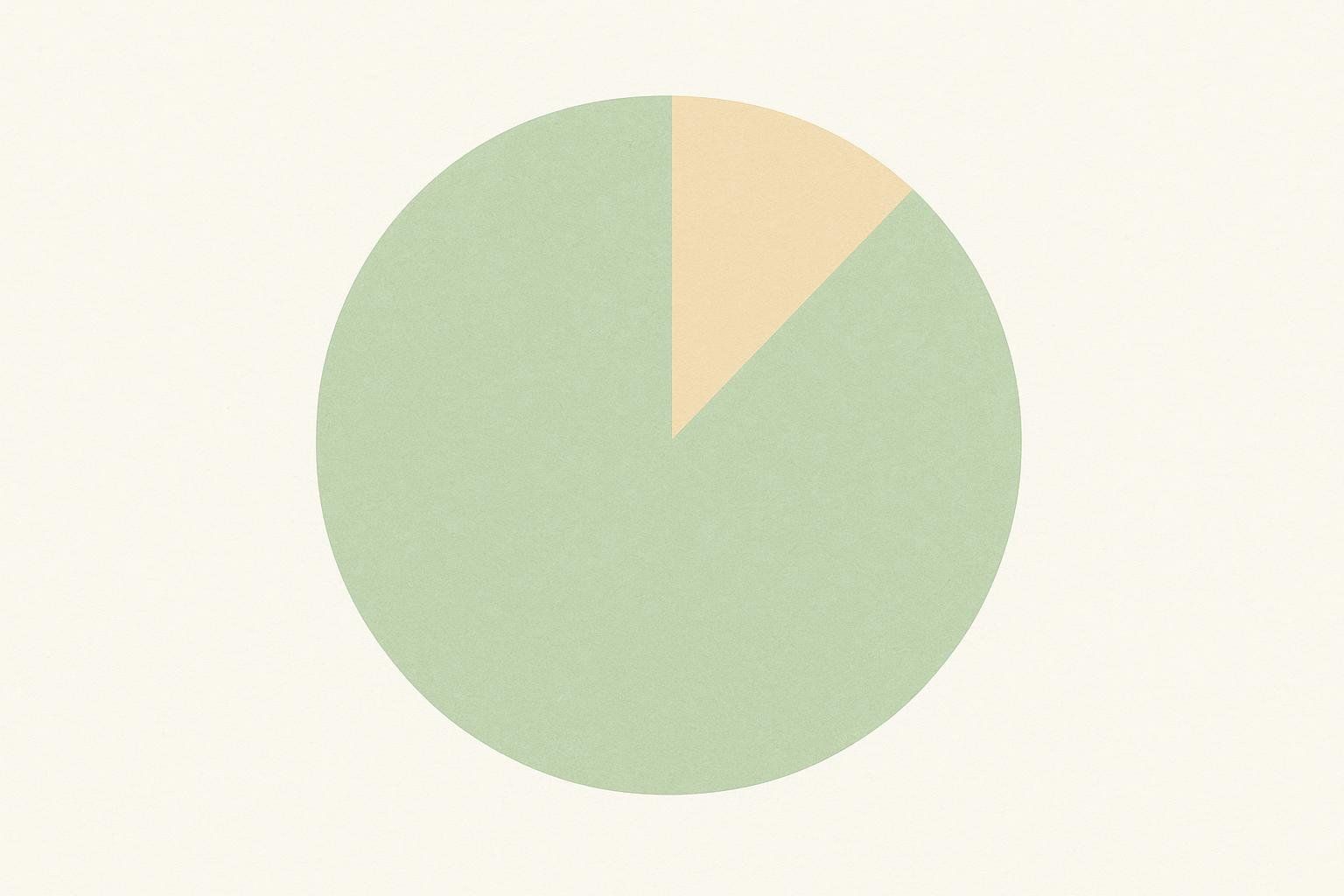
What This Means in Practice
For example, if a woman has 25% total body fat, her ideal visceral fat level would be 2.5% of her total body weight. This is calculated by taking 10% of her total fat percentage (0.10 × 25 = 2.5). However, since direct measurement requires clinical imaging, most women rely on proxy measurements to assess their visceral fat risk.
Why this matters: Unlike subcutaneous fat (the layer you can pinch), visceral fat acts like an endocrine organ, pumping out inflammatory molecules directly into your bloodstream. Even women with "normal" BMIs can have dangerous levels of visceral fat.
At-Home Assessment: Quick Risk Indicators for Women
Waist Circumference: The 35-Inch Threshold
For non-pregnant women, a waist measurement of 35 inches or more signals elevated health risk (Harvard Health).
How to measure correctly:
- Stand tall and exhale normally
- Wrap a flexible tape measure around your bare waist at navel level
- Keep the tape parallel to the floor—snug but not compressing
- Record to the nearest quarter-inch
Waist-to-Hip Ratio
How to calculate:
- Divide your waist measurement by your hip measurement
- Measure your hips at their widest point, including your buttocks
- Keep your feet together while measuring
A ratio greater than 0.85 indicates abdominal obesity in women (a key indicator of cardiometabolic risk).
Body Mass Index (BMI)
BMI is calculated by dividing your weight in kilograms by your height in meters squared. While commonly used, BMI has significant limitations for assessing visceral fat because it can't distinguish muscle from fat. A bodybuilder and a sedentary person could have identical BMIs but vastly different health risks. For athletic women with high muscle mass, BMI becomes an unreliable health indicator, making waist circumference measurement even more critical. That said, a BMI over 30 is associated with increased visceral fat and metabolic risk. For women specifically concerned about visceral fat, waist circumference is a much better indicator than BMI alone.
Smart Scale Readings
Many bioelectrical impedance scales provide a "visceral fat rating," though different brands use different algorithms and scoring systems. These readings can fluctuate with hydration, meal timing, and menstrual cycle. Smart scale measurements are best used for tracking general trends over time and are not a substitute for precise clinical measurements like DEXA scans. Always consult your specific device's manual for accurate interpretation.
Clinical Measurements: DEXA Scan Precision
For the most accurate assessment, full-body composition DEXA scans provide direct visceral fat measurements, specifically reporting visceral adipose tissue in grams. While DEXA scans provide precise wellness data at specialized clinics like BodySpec, we encourage you to share the results with your healthcare provider. This collaboration helps create a comprehensive plan to assess your personal risk and optimize your health.
Unlike tape measures or smart scales, DEXA scans aren't influenced by bloating, posture, or muscle mass, making them the gold standard for tracking changes over time.
Life Stage Considerations for Women

Premenopausal Women (20s-40s)
The primary goal is to maintain the 10% guideline through consistent lifestyle habits. Women in this age group face key risks from high-stress careers, sedentary work environments, and irregular eating patterns that can promote visceral fat accumulation.
Perimenopause (40s-early 50s)
Hormone fluctuations begin redistributing fat toward the midsection during this phase. The most critical action is to increase resistance training to preserve muscle mass and metabolic rate as hormonal changes begin.
Postmenopausal Women (50+)
This represents a critical period where estrogen decline significantly increases the tendency for visceral fat accumulation. Waist circumference becomes even more predictive of health risk during this stage. The top priority is weight-bearing exercise to combat both visceral fat and bone density loss.
A key consideration for women over 50: Even if you've never struggled with weight, menopause can shift fat storage patterns dramatically. Fortunately, visceral fat responds quickly to targeted interventions.
Beyond the Scale: Understanding Your Risk Profile
Ethnicity Matters

Asian women face increased metabolic risk at lower thresholds:
- Waist circumference: ≥31.5 inches (80 cm) for specific populations (WHO guidelines for Asian populations)
- Consider DEXA scanning earlier if family history includes diabetes or heart disease
Body Type Considerations
Your natural fat distribution pattern affects visceral fat risk. Women who tend to store fat around the midsection (apple-shaped) have a higher tendency toward visceral fat accumulation compared to those who store fat primarily in the hips and thighs (pear-shaped). However, all women should monitor waist circumference during hormonal transitions like perimenopause, when fat distribution can shift regardless of previous patterns.
Strategies to Reduce Visceral Fat
Important: Before beginning any new diet or exercise program, consult with your healthcare provider to ensure it's appropriate for your individual health status and needs.
Nutritional Strategies
Reduce added sugars and refined carbohydrates
- Replace sugary drinks with water or unsweetened tea
- Choose whole grains over processed options
- Focus on nutrient-dense, whole foods
Increase protein intake
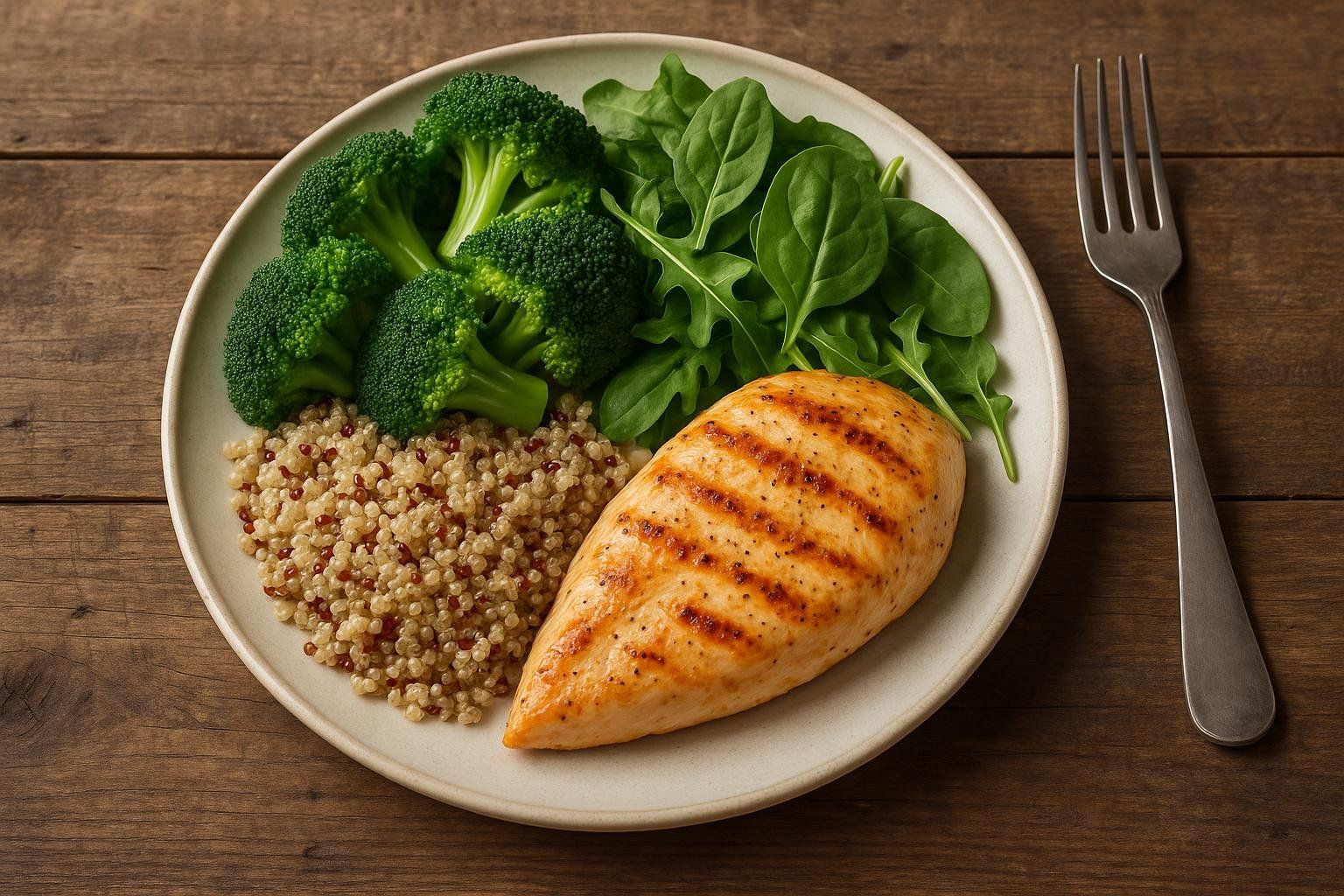
- Aim for a palm-sized portion of lean protein with each meal
- Consider plant-based proteins like legumes and quinoa
- Protein helps preserve muscle mass during weight loss
Emphasize anti-inflammatory foods
- Include omega-3 rich fish, leafy greens, and berries
- Limit processed foods and trans fats
- Consider Mediterranean-style eating patterns
Movement and Exercise
Cardiovascular training

- Include 2-3 HIIT sessions weekly (20-30 minutes)
- Add steady-state cardio like brisk walking on alternate days
- Mix activities to prevent boredom and overuse
Prioritize Resistance Training
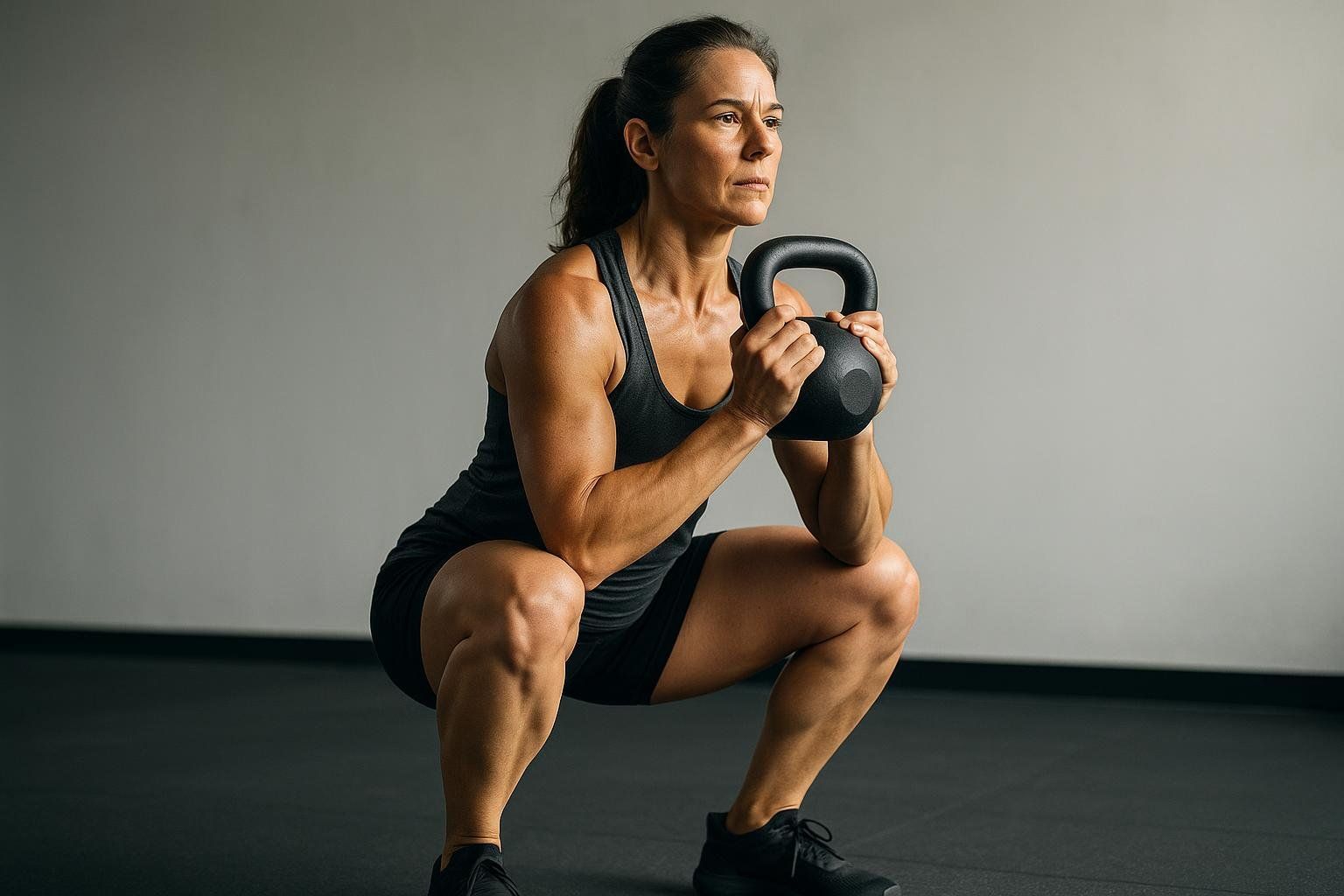
- Perform strength training 3-4 times weekly
- Focus on compound movements that work multiple muscle groups
- Progressive overload is key for continued benefits
Active recovery
- Include yoga, walking, or swimming on rest days
- Flexibility and mobility work supports overall fitness
- Low-intensity movement aids recovery
Lifestyle and Recovery
Optimize sleep quality
- Aim for 7+ hours of consistent sleep
- Create a cool, dark sleep environment
- Establish regular bedtime routines
Manage stress effectively

- Practice 5-10 minutes daily stress reduction
- Try meditation, deep breathing, or journaling
- Women with higher waist-to-hip ratios secrete significantly more cortisol during stress, creating a cycle where chronic stress elevates cortisol and promotes visceral fat storage
Consider eating patterns
- Discuss time-restricted eating with your healthcare provider
- Time-restricted eating, such as using an 8-hour window, can effectively reduce visceral fat when combined with whole foods
- Focus on meal timing that supports your lifestyle
Track progress consistently
- Re-measure waist circumference monthly
- Consider periodic DEXA scans for precise tracking
- Document energy levels and how clothes fit
Special Situations
PCOS and Insulin Resistance
Women with PCOS often have increased visceral adiposity and insulin resistance, which requires specialized management in partnership with a healthcare provider. Effective management strategies often include:
- Focusing on a nutrition plan that manages carbohydrate intake to support insulin sensitivity
- Prioritizing strength training over excessive cardio
- Monitoring blood sugar patterns
Pregnancy and Postpartum
- Visceral fat assessment should pause during pregnancy
- Research demonstrates that breastfeeding supports visceral fat mobilization, with mothers who consistently breastfed for three or more months showing significantly less visceral fat accumulation years later
- Postpartum focus includes gradual return to exercise (cleared by physician), core rehabilitation before intense training, and breastfeeding to support fat mobilization
Thyroid Dysfunction
Subclinical hypothyroidism is associated with increased visceral fat accumulation, particularly in women. Work with healthcare providers to:
- Optimize thyroid medication
- Address underlying autoimmune triggers
- Support metabolism with appropriate exercise
When to Seek Professional Help
Consult a healthcare provider if:
- Waist circumference exceeds 35 inches despite consistent efforts
- Family history of diabetes, heart disease, or metabolic syndrome
- Rapid weight gain around the midsection (>10 pounds in 6 months)
- Sleep apnea or other obesity-related conditions develop
Consider working with specialists:
- Registered dietitian for personalized nutrition plans
- Exercise physiologist for targeted training programs
- Endocrinologist if hormonal imbalances suspected
Frequently Asked Questions
Q: What is a good visceral fat range for a woman?
A: A healthy visceral fat level for women follows the 10% rule—visceral fat should comprise no more than 10% of your total body fat. For at-home assessment, aim for a waist circumference under 35 inches and a waist-to-hip ratio below 0.85.
Q: Can I spot-reduce visceral fat with ab exercises?
A: No. Visceral fat responds to overall fat loss through diet, cardio, and strength training. Core exercises strengthen muscle but won't target fat in that specific area.
Q: How quickly can women lose visceral fat?
A: With consistent lifestyle changes, measurable reductions can often be seen within a few months, though individual results vary. Visceral fat is more metabolically active than subcutaneous fat and responds faster to weight loss interventions due to its metabolic activity.
Q: Does hormonal birth control affect visceral fat?
A: Some studies suggest depot medroxyprogesterone acetate (DMPA) contraceptive injections may promote central fat accumulation. Discuss concerns with your healthcare provider and monitor waist circumference if starting new medications.
Q: Is it normal for visceral fat to increase with age?
A: Some increase is common, especially after menopause, but significant accumulation isn't inevitable. Research shows that the menopausal transition is strongly associated with visceral fat redistribution due to hormonal changes, but proactive lifestyle management can prevent or reverse age-related increases.
Q: Can stress really cause belly fat?
A: Yes. Chronic stress elevates the hormone cortisol, which is scientifically linked to increased fat storage in the abdominal area. Managing stress through techniques like meditation, regular exercise, and adequate sleep is just as important as diet changes for long-term visceral fat control.
Your Next Steps
- Measure your baseline: Take your waist circumference measurement tonight
- Choose your tracking method: A DEXA scan provides the most precise baseline, while a smart scale or tape measure can help monitor trends between scans
- Start with one change: Pick one strategy from our nutritional, exercise, or lifestyle recommendations and commit for two weeks
- Set a review date: Schedule a monthly check-in to assess progress and adjust strategies
Understanding your visceral fat range as a woman isn't about achieving perfection—it's about making informed decisions to protect your metabolic health across all life stages. With the right knowledge and tools, you can take control of this hidden health risk and build lasting vitality.
Take the guesswork out of managing this health risk. Book your BodySpec DEXA scan today to get the precise data you need to optimize your health strategy.

